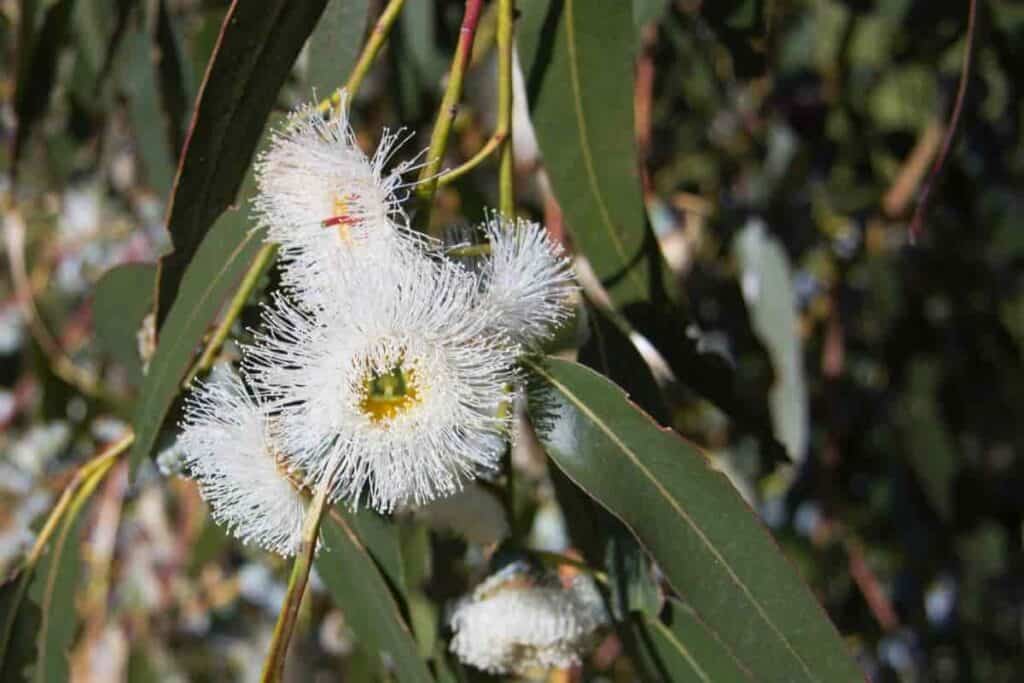Do you know that once there lived in this country, a little Scotchinan who had the such magic touch in his ability to grow plants that he changed a large desert waste into an enchanting paradise that ranks with the world’s greatest—Golden Gate Park?

His peculiar genius for over half a century was devoted to developing this wasteland, and his persistence in pursuing beauty and usefulness brought it to its present state.
The Magic Of John McLaren
John McLaren was born in Stirling, Scotland, on December 20, 1846.
Although he was raised as a dairyman, he chose to go to Edinburgh to get a job in the Royal Botanical Garden to learn horticulture.
Although he was raised as a dairyman, he chose to go to Edinburgh to get a job in the Royal Botanical Garden to learn horticulture.
When he left there, his first job was planting sea-bent grass to fasten down the dunes near the Firth of Forth, an experience which proved valuable after years when he was confronted with the problem of holding down the sands in Golden Gate Park.
Coining to the United States at 23, John McLaren worked on private estates and did landscape jobs in San Mateo County, California, before becoming Superintendent of Parks in San Francisco in 1887.
McLaren Took Over Growing On Shifting Sands
In San Francisco, there had long been a popular demand for a large recreation area. When the city purchased a plot of land, the mayor appointed a committee to survey the proposed park.
When the group visited the area, the members floundered through soft sands that shifted with every gust of wind and piled in drifts over clumps of dune shrubs.
It looked so hopeless that it was labeled “a dreary waste where not even a blade of grass could grow without four posts for support.”
To most people in that area, the idea of growing anything on these shifting sands was foolish. It was then that John McLaren was called in to take over.
At that time, the squatters had even relinquished as worthless the sand dunes, and the few struggling live oaks in the hollows had been chopped down.
Little Scotch’s Ability To Grow Plants
It was the “little Scotch,” with the ability to grow plants, who led the fight against nature that transformed the 1017-acre plot.
Perhaps as this sturdy young Scotch immigrant stood on the sand dunes, viewing the drifting sand blown in by the winds of the Pacific.
His thoughts returned to his boyhood dreams of a far country with no flowers, save those whose seeds were scattered by nature on the roughened slopes beside the watercourse of the world’s new wilderness.
McLaren’s Herculean Task
Then he began his Herculean task.
First, he found a “sand-loving grass” common to the beaches of northern Europe.
As he sowed the seed, he motioned to the dripping fog to give him rain, and grass sprang up on the slopes and valleys.
Next, he planted Australian tea trees (Leptospermum laevigatum) and acacias, followed by Monterey pines (Pious radium), which thrive along the northern California coast.
Then came the Monterey cypress (Cupressus macrocarpa), Which is among the most rugged of all trees, as well as oaks, eucalyptus, and redwoods.
Time after time, he found his young trees buried in the sand, patiently dug them out, and nursed them back to life.
Thirteen years after, they were thriving, good soil had replaced the sand, and he was ready for planting.
Gradually, shrubs and trees started waving in the valleys and then began to creep outward until the ocean’s rim was one vast wonderland of flowering plants, shrubs, and towering trees.
Magic Touch Of Uncle John
It is said of “Uncle John” that he would often go out into the country and walk along a stream until he came to a brook.
Returning to the park, he would try to reproduce what he had seen. He is especially enshrined in the heart of every child, for he said, “There’ll be no ‘Keep Off the Grass’ signs in my park.”
Golden Gate Park, with its grassy stretches, forested bills, and flower gardens interlaced with winding roadways, bridle paths, and foot trails, all came from the magic touch of “Uncle John.”
It is something wrought by human hands out of nothing more substantial than a dream and a faith—a sylvan retreat, where the air is filled with forest sounds.
This enchanting woodland has been so designed to be attractive in all seasons of the year.
“Uncle John’s” magic touch is shown in the grouping and harmonious associations of texture, color, and form, creating a place where people can gather freely without restrictions.
Thousands Of Rare Orchids
Thousands of rare orchids attract untold thousands of visitors every year, as do the magnolias in the early spring.
In early March, the color parade is led by the flowering cherry trees on the edge of the middle lake.
Bursts Of Rhododendron Collection
Later in the spring, in May, America’s largest rhododendron collection bursts into bloom.
The range and intensity of the color are incredible, even after you have seen it.
There are groves of eucalyptus and conifers on the shaded glens, and hillsides were blanketed with yellow chrysanthemums, violets, poppies, and snapdragons.
Rhododendrons comprise more than 300 kinds, including some from Thibet, India, and Siberia.
In addition, there are yellow daisies from South Africa and fuchsias from Mexico and Peru.
44659 by Minnie A. Willett